- October 12, 2023
Can Dogs Eat Lobster? Vet Approved Facts & FAQ
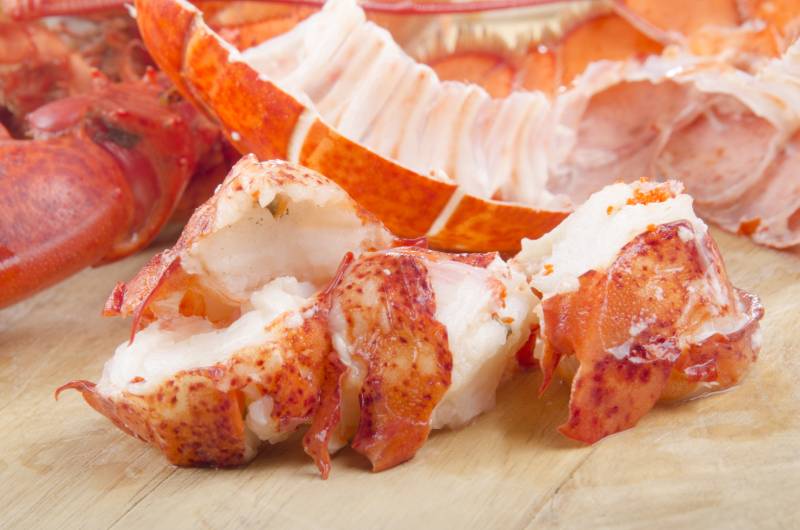
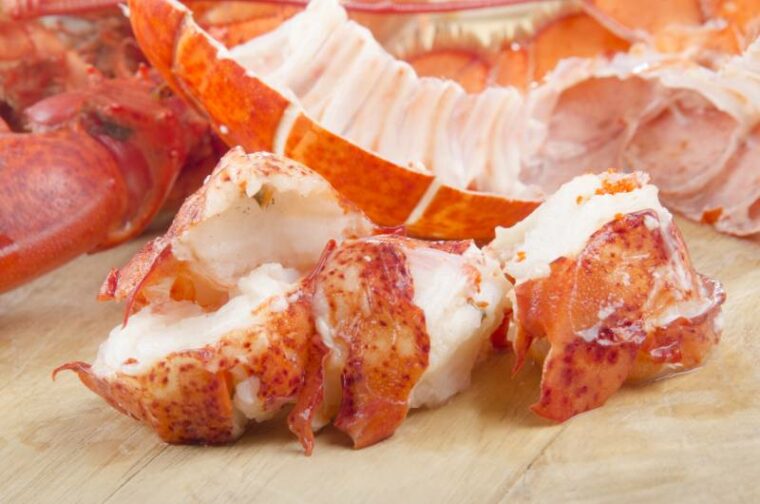

The information is current and up-to-date in accordance with the latest veterinarian research.
Providing your dog with a varied diet can help them have access to more nutrients and keep them happier, as they likely enjoy trying new foods. However, it’s important to ensure that those foods are good for dogs. One item that many people wonder about is lobster. It’s a popular food, especially on special occasions. Fortunately, dogs can eat lobster, but keep reading for the best ways to serve it, the potential risks, and other interesting facts that will help you be better informed.

Benefits of Feeding Lobster to Dogs
Low Calorie
One of the biggest benefits of giving lobster to your dog is that it’s low in calories, so it won’t contribute to weight gain like many other treats will.
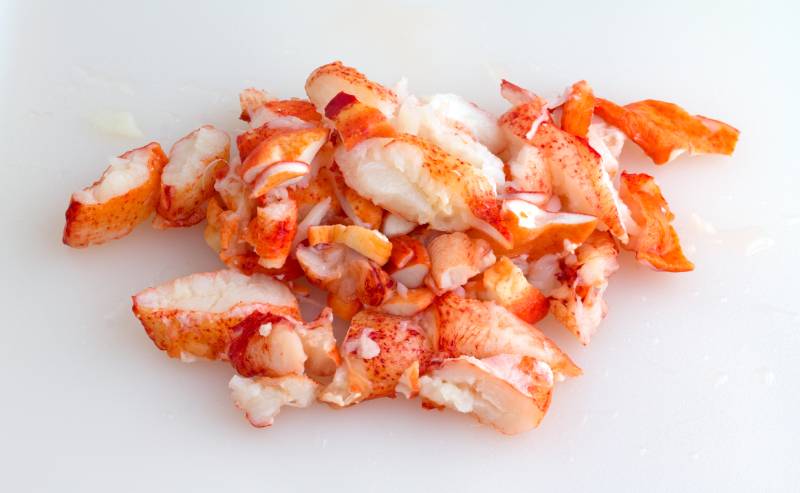
High Protein
Lobster is high in protein, which is important for energy and muscle growth. Dogs require a large amount of protein to stay active throughout the day, and puppies need even more to help them develop into healthy adults.
Nutrients
Lobster adds many important nutrients to your pet’s health, including vitamin B12, selenium, and zinc. Additionally, it offers omega-3 fatty acids, which are beneficial for heart health and can aid in reducing inflammation. Glucosamine and chondroitin are also important ingredients that help with joint health.
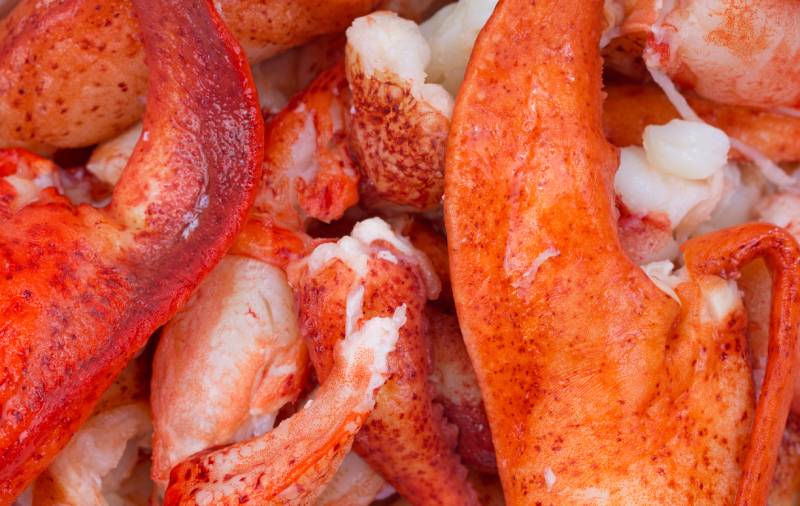
Taste
Many dog owners report that their pet is quite fond of lobster and are often happy when it is available.

Downsides of Feeding Lobster to Dogs
Allergies
Dogs can develop allergies to various foods, including shellfish like lobster. Common signs of an allergic reaction include itching, hives, swelling, vomiting, and diarrhea. If you suspect that your dog might be allergic to shellfish or lobster, consult a veterinarian before offering it to your pet.

High Sodium Content
A significant concern when feeding lobster to dogs is its high sodium content. Excessive salt intake can lead to salt toxicosis in dogs, resulting in signs like extreme thirst, urination, vomiting, diarrhea, tremors, and seizures. Since most human dishes are seasoned with salt, it’s crucial to avoid giving seasoned or salted lobster to your dog.
High Cholesterol
Lobster contains a high amount of cholesterol, which can be problematic for dogs and lead to diarrhea, vomiting, and other health problems.
Choking Hazards and Digestive Issues
Feeding whole pieces of lobster to dogs can pose a choking hazard, particularly if the dog is small or the lobster contains sharp shells or bones. Swallowing these can lead to serious injuries or blockages in your dog’s digestive system, requiring immediate medical attention. Therefore, remove all shells and bones and only feed your dog small, easily digestible portions of cooked lobster.
Tips for Feeding Lobster to Dogs:
- Remove the lobster shell, any bones, and any seasoning or sauces that may harm your pet.
- Boil or steam the lobster without added salt or spices
- While lobster can offer nutritional benefits to dogs, you should only give it to your pet occasionally as a treat. Stick to commercial dog food for their primary meals, as it provides a balanced nutrition that’s difficult to replicate at home.

Alternatives to Lobster
If you’re looking for safe alternatives to lobster with similar nutritional benefits, several dog-friendly options are available. Consider small amounts of cooked lean meats like chicken, turkey, or lean beef for protein. For omega-3 fatty acids, you can incorporate fish like salmon or sardines into your dog’s diet.

Frequently Asked Questions
What Should I Do If My Dog Accidentally Eats Seasoned Lobster?
If your dog consumes seasoned lobster or any food with harmful substances, monitor them closely for adverse reactions, and contact your veterinarian immediately if you notice any concerning signs.
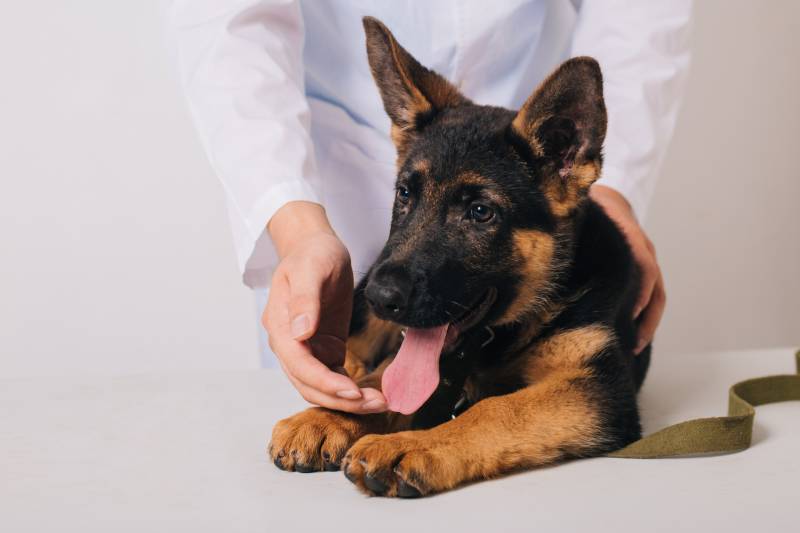
Can Puppies Eat Lobster?
Puppies have more delicate digestive systems than adult dogs and are more susceptible to allergies, so it’s better to avoid feeding lobster to puppies and focus on a puppy-specific diet.
Can Dogs Eat Lobster Tails?
While lobster tails are the safest part to feed dogs, they should be thoroughly cooked, free of seasoning, and served in small portions to avoid potential hazards.
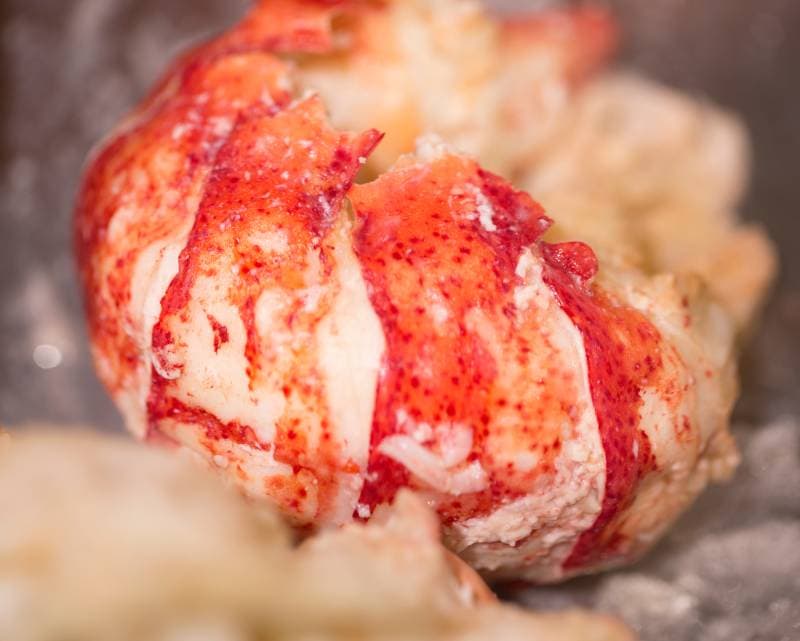
Can Dogs Eat Lobster on a Raw Diet?
Feeding lobster to a dog on a raw diet can be risky due to the potential presence of parasites and the difficulty of properly preparing it to ensure safety. Therefore, cooking it properly before feeding it to your dog is best.
Are Commercial Lobster Treats Available?
Some commercial dog treats are lobster flavored, but it’s crucial to check the ingredient list and consult your veterinarian before offering them to your dog.

Conclusion
Lobster can be a healthy and safe treat for your pet on special occasions if you serve it fully cooked without seasonings and with the bones and shells removed. It provides several healthy nutrients that can benefit your dog’s health and coat, and it’s low calorie, so it won’t contribute to weight gain, and many dogs enjoy the taste. However, be careful that they aren’t allergic to it, and note that lobster is high in sodium and cholesterol, so you will need to watch the portion size.
Featured Image Credit: Joerg Beuge, Shutterstock
Tags
What do you think?
Related Articles

New Puppy Checklist: Gear You’ll Need for Your New Dog
Getting a new puppy is really exciting, but before you welcome them home, it’s important to prepare your space for them. Since puppies need a

How Big Do Mini Poodles Get? Vet Reviewed Average Weight & Growth Chart – Dogster
The information is current and up-to-date in accordance with the latest veterinarian research. Learn more » When you buy a Miniature Poodle, you might not

Can Police Dogs Smell Nicotine? Vet Verified Facts & Info – Dogster
The information is current and up-to-date in accordance with the latest veterinarian research. Learn more » While cigarette sales have been declining steadily for decades,

How Old Is 5 in Dog Years? Vet-Approved Guide to Each Size of Dog – Dogster
The information is current and up-to-date in accordance with the latest veterinarian research. Learn more » A common method for calculating a dog’s age is

